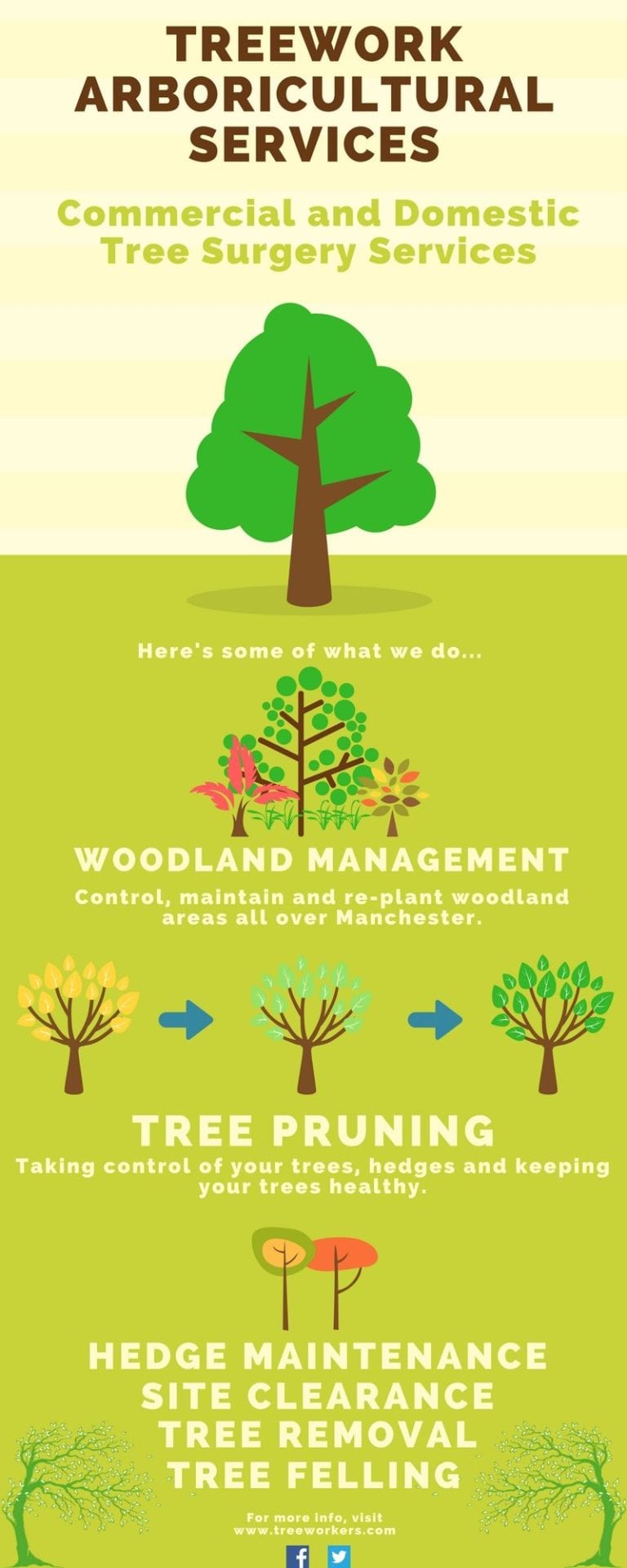Seasonal Tree Treatment: Exactly How To Manage Trees Before And After Removal
Seasonal Tree Treatment: Exactly How To Manage Trees Before And After Removal
Blog Article
Composed By-
When power growth concerns seasonal tree treatment, making certain proper monitoring prior to and after removal can dramatically affect the wellness and aesthetics of your landscape. By recognizing the necessary steps associated with analyzing tree health and wellness and preparing for elimination, you can proactively secure your residential property. However what concerning the critical practices to adhere to as soon as the tree is gone? Stay tuned to uncover mike landscaping -removal treatment steps that will aid you cultivate a flourishing and lasting environment for your trees.
Pre-Removal Tree Treatment
Prior to attending to the removal of a tree, it's critical to prioritize pre-removal tree treatment. Beginning by examining the tree's wellness and architectural stability. Try to find indications of disease, insect problems, or any type of architectural issues that might present a security hazard throughout removal. It's important to talk to a qualified arborist to establish the most effective course of action.
Trimming dead or diseased branches can stop additional damage to the tree and ensure a smoother removal procedure.
In addition, take into consideration the ecological impact of eliminating the tree. Trees play an essential duty in our ecological community, so planting a brand-new tree in an ideal area can help offset any kind of loss. Ensure that you have the required licenses and approvals for tree elimination, particularly if the tree is secured by local guidelines.
Seasonal Maintenance Tips
Examining your tree's demands throughout the year is necessary for its health and wellness and long life. To maintain your trees in leading condition, adhere to these seasonal maintenance suggestions.
In springtime, focus on trimming to get rid of dead or broken branches and motivate new growth.
Summer season requires regular watering, especially during dry spells, to guarantee your tree remains hydrated.
As loss strategies, keep an eye out for early indicators of disease or stress and anxiety, and take into consideration using compost to shield the roots throughout winter season.
In winter season, be cautious when getting rid of snow from branches to prevent breakage, and continue to monitor your tree's total wellness.
Keep in mind to readjust your treatment routine based on the specific needs of your tree types and regional environment. By staying alert and proactive throughout the periods, you can assist your trees thrive and grow for years to come.
Post-Removal Tree Care
To make certain the wellness of your landscape also after tree removal, proper post-removal treatment is vital. After a tree is removed, it's important to fill up the staying opening with topsoil and small it to stop settling. This will certainly help preserve the stability of the ground and protect against potential risks in the future.
Consider planting brand-new vegetation instead of the eliminated tree to recover the equilibrium and aesthetics of your landscape. Routinely water the area to advertise the development of new plants and protect against dirt disintegration.
Examine the bordering trees for any type of signs of disease or tension that might have been caused by the removed tree. Watch out for pests that may've been attracted to the previous tree and take safety nets to secure the staying vegetation.
If required, speak with an expert arborist to examine the influence of the elimination on the bordering trees and determine any extra treatment needed. By following these post-removal treatment steps, you can ensure the continued wellness and elegance of your landscape.
Conclusion
To conclude, aggressive seasonal tree care is important for maintaining the wellness and balance of your landscape. By analyzing tree health and wellness, pruning, and seeking advice from an arborist before removal, you can make certain a safe process. After landscape maintenance , loading the hole, planting new vegetation, and routine watering will advertise new growth and stop erosion. Keep in mind to check surrounding trees for disease and seek additional care actions from an arborist to keep your landscape prospering.
